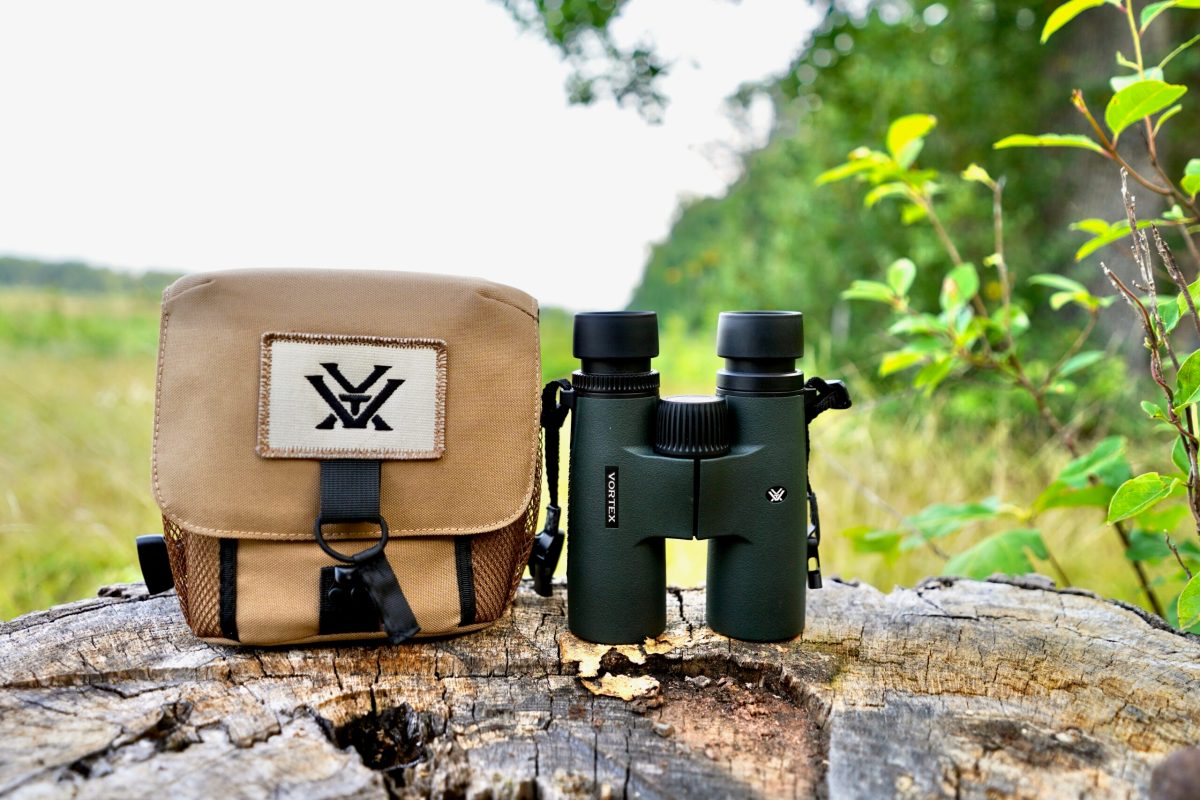Making Pine Pitch Glue for Field Repairs – Survivopedia

Pine pitch glue is one of the oldest and most reliable adhesives you can make in the field because it’s waterproof, heat-reactivated, and strong enough for real repairs, not just primitive demonstrations.
With nothing more than pine resin, charcoal, and a few natural binders, you can create a glue that seals containers, fixes tool handles, repairs traps, and bonds materials that would never hold with cordage alone. It is cheap, renewable, and works anywhere pines grow. In today’s article we will discuss how to gather, melt and mix it, before putting it to serious work.
Consider pine pith glue for your survival kit
Pine pitch glue remains a gold-standard field adhesive because it requires no modern materials, stores indefinitely, and can be reheated and reused as many times as needed. Unlike tube glues that harden or freeze, pine pitch becomes workable whenever you apply gentle heat. It forms a waterproof, durable seal that can handle tension, abrasion, and weather exposure.
In a survival or off-grid situation, that reliability matters. If a tool breaks, a container leaks, or a trap fails, pine pitch glue lets you repair gear on the spot rather than discarding it.
Gathering Pine pitch in the wild
Finding good resin is half the battle, and once you know what to look for, it becomes second nature. Start by locating conifer species that produce heavy sap: pine, spruce, fir, and occasionally larch. Pine is the classic choice because it reliably bleeds thick resin whenever the bark is damaged by storms, insects, or natural wounds.
You’re looking for hardened amber-colored globs or streaks on the trunk. Fresh pitch is soft and sticky, while aged pitch is firm and brittle. Both work, but the older material melts cleaner.
Harvest carefully using a small stick, knife tip, or even a flat stone to pry off chunks without cutting deeper into the tree. Never gouge living wood just to force sap to flow because it weakens the tree and offers no advantage. The best resin has already been exposed to air and partially hardened so there’s no need “digging” for it.
Carry your pitch in a dedicated tin, bark container, or even wrapped in leaves. Keep dirt out whenever possible, but don’t panic if debris sticks to it because you’ll filter it during melting. If you need large amounts fast, search fallen or dead pines. The resin pockets beneath the bark can contain thick slabs of hardened pitch that are easy to collect.
When in doubt, choose resin that smells strongly of pine, feels solid when tapped, and breaks cleanly. These signs indicate a high resin content and minimal contamination, which will melt smoother and produce a stronger glue
Preparing and melting the pitch
When you have enough raw resin, the next step is turning that sticky, debris-filled mass into a clean, workable glue base. The key is gentle heat since Pine pitch scorches easily, and once burned, it becomes brittle and useless. Start by breaking your pitch into small chunks so it melts evenly. A metal tin, a small camp pot, or even a cut-open soda can make a perfectly functional melting container in the field.
Place the container near the flames, not directly in because you want the heat of the fire, not the fire itself. Coals or the side of a hot rock work even better. As the pitch melts, it will turn into a thick, dark syrup. Expect bark fragments, insects, and dirt to float or settle. Use a stick to stir occasionally, helping trapped air escape and encouraging even melting.
To clean the pitch, pour the liquid resin through a simple field filter. A folded piece of bark, a scrap of cloth, or a woven grass mat works fine. Let the liquid drain into a second container. The debris will stay behind, giving you a smoother base. If the filtered pitch cools too fast and solidifies mid-transfer, just reheat it gently.
The goal is a clean, glossy resin with no obvious grit and once it reaches that stage, keep it warm but not bubbling. Overheating is the number one mistake and if you see smoke or smell burning, pull it from the heat immediately.

Mixing the glue
Pure melted pine pitch is sticky, but on its own it’s far too brittle. Once it cools, it cracks under pressure. You need binders to make it last.
Charcoal: Crush charcoal into a fine powder. The finer it is, the smoother your glue will turn out. Add the charcoal slowly, about one part charcoal to three or four parts pitch to start. Stir it in while the pitch is still warm and fluid. Charcoal reduces brittleness and gives the glue its signature dark color. Add a little more if the glue feels glassy, but don’t overdo it or it becomes too thick to spread.
Fibers: Plant fibers, shredded bark, dry grass, or even hair can be mixed in to toughen the glue. This keeps it from shattering on impact and helps it grip rough surfaces. Add fibers sparingly and think of it like adding straw to mud bricks. It keeps everything cohesive.
Other useful binders are wood ash which adds hardness and heat resistance, powdered bone or antler since it makes a very hard, durable glue and beeswax.
Finding the right ratio
You’re aiming for a consistency thick enough to form a bead that holds shape, but soft enough to smear when heated. If the glue runs like syrup, add more charcoal. If it crumbles or won’t stick, melt it again and add a bit more pitch. This step is where you customize your glue for the job ahead: hard and dense for tool work, or slightly flexible for sealing and binding. I won’t lie, this is one of the trickiest parts and you need a lot of trial and errors before you get the hang of it.
Forming, storing your pine pitch glue
Once your pitch mixture reaches the right consistency, it’s time to turn it into something you can actually carry and use in the field. The classic approach is to form it into glue sticks which are compact, durable, and easy to reheat with a flame or coal.
Once cooled, pitch glue becomes rock-hard and can survive being tossed in a pack, pocket, or toolkit. Storing it in metal tins keeps it clean and ready. You can also wrap glue sticks in birch bark, leaves, or cloth to prevent them from sticking together during hot weather.
Pine pitch glue is nearly immune to the elements. It won’t rot, mold, or weaken when dry. The only real concern is heat. If you’re traveling in hot climates or leaving gear in a sun-exposed vehicle, it can soften slightly. Keeping it inside a pouch or shaded compartment is more than enough protection.
Field applications
Pine pitch glue isn’t just a primitive craft project and when mixed correctly, it becomes a serious field repair material that can save tools, containers, and traps when your miles from anything modern. The key is reheating the glue stick over a small flame or ember until the surface softens enough to smear or drip. You will also need to work fast because the pitch cools quickly. Once in place, let it set hard before putting stress on the repair.
Pitch glue excels at sealing seams on wooden bowls, canteens, or bark containers. Heat the glue, apply a generous bead along the joint, and smooth it with a wet stick or knife blade. Once hardened, it becomes waterproof and weather-resistant. This technique is also perfect for fixing cracks in cups, buckets, and even improvised cooking vessels.
A loose hatchet head, a cracked walking stick, or a splintering handle can be reinforced with pitch glue. Heat the head-to-handle joint, work the glue into the gap, and pack in fibers if needed. Once cooled, the bond becomes surprisingly strong. For cracked wooden gear, smear pitch into the split, clamp it with cordage, and let it set.
Whether you’re mounting a steel blade, a stone point, or a bone spike, pitch glue is the classic hafting material. Apply the glue inside the socket or groove, heat the part slightly so it seats deeper, then set it firmly. Wrap the joint with sinew, cordage, or wire while it cools to create a reinforced mechanical bond. This combination is tough enough for knives, arrowheads, fishing gigs, and spear tips.
Pitch glue adds strength to wooden deadfall triggers, snare supports, and small trap components that see repeated tension. It’s excellent for securing toggles, anchoring cordage, and reinforcing friction points that would otherwise wear through. When time is short or materials are limited, a dab of glue can save a failing trap from ruin.
Pitch glue can repair holes in leather gear, waterproof seams in sheaths or quivers, and reinforce bindings on bows or atlatls. A small swipe of glue helps seal frayed rope ends, mend cracked sheaths, and patch improvised shelters. In wet weather, it becomes a reliable way to keep critical tools functioning.

Concluding
Pine pitch glue is one of those skills that pays off every time you step into the field. It turns a wounded tree’s natural resin into a tough, waterproof adhesive that can repair tools, seal containers, reinforce traps, and keep your gear serviceable when modern supplies are gone.
Once you learn the ratios and get a feel for the heat, the process becomes almost automatic. The materials are everywhere, the technique is simple, and the results are strong enough for real survival work.
Pitch glue isn’t pretty, but it’s tough, versatile, and field-proven. When you lack modern adhesives, this one might save the day.
Read the full article here







